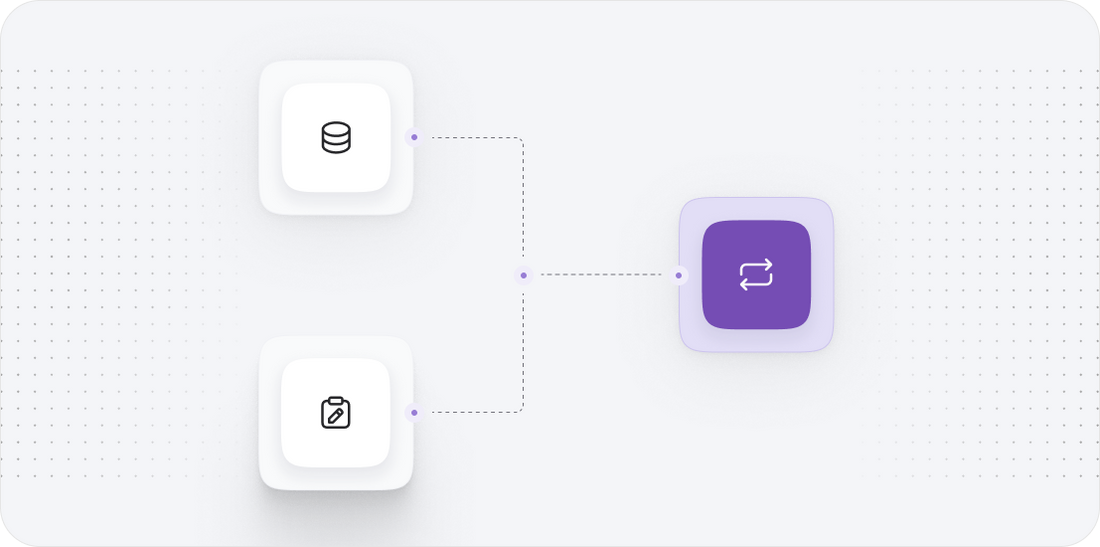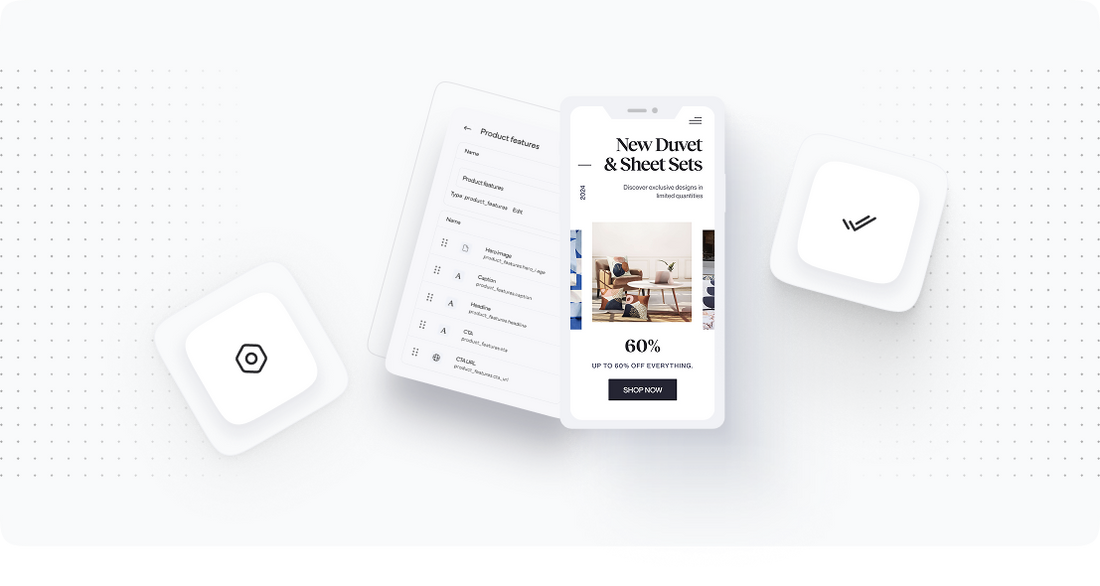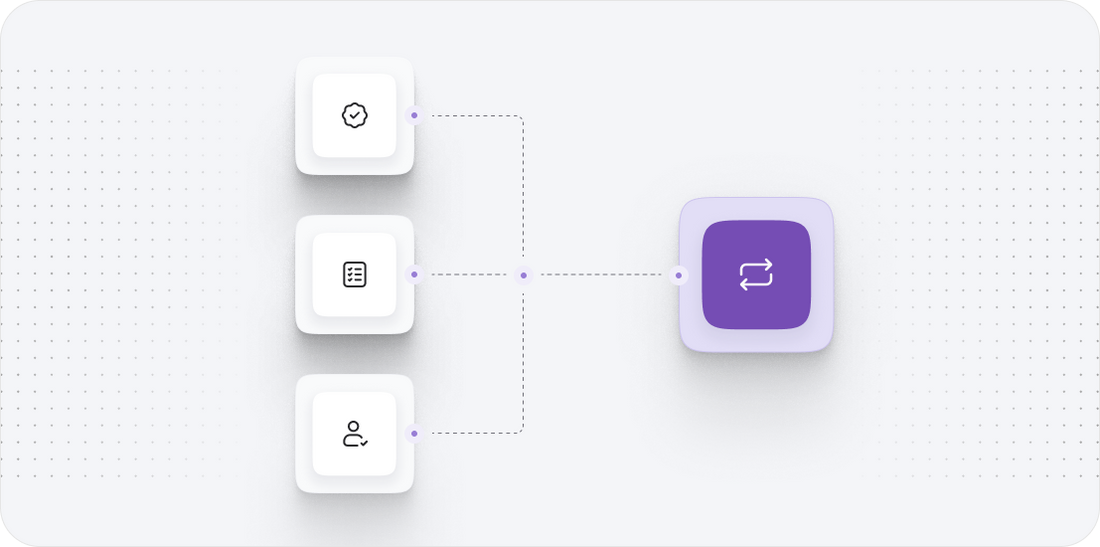




Bigcommerce to Base
Migrating your store from Bigcommerce to Base might seem daunting, but with proper planning and the right tools, it's a smooth process. Follow this step-by-step guide to ensure a successful transition.
Schedule a call
Step-by-Step Migration Guide: BigCommerce to BASE migration guide
Step 1: Preparation and Planning
In this initial step, we will prepare for the migration by assessing your current BigCommerce setup, identifying critical data to migrate, and outlining a clear migration plan.
Step 2: Data Backup and Export from BigCommerce
This step involves creating a complete backup of your BigCommerce store data and exporting it in a compatible format for the BASE platform.
Step 3: Setting Up the BASE Environment
Now, we will proceed to set up your new BASE environment, ensuring it is ready to accept the imported data from BigCommerce.
Step 4: Importing Data into BASE
In this step, we will import the previously exported data into your new BASE account, ensuring that all products, customers, and orders are successfully integrated.
Step 5: Testing the New Setup
After importing your data, we will conduct a thorough testing phase to ensure that everything is functioning correctly on the BASE platform.
Step 6: Launching Your New BASE Store
With testing complete, we will prepare for the launch of your new BASE store, ensuring all systems are go for your customers.
Step 7: Post-Migration Optimization
After launching your BASE store, we will focus on optimization strategies to enhance performance and user experience.
Power Your Step - Get in Touch
Contact PowerCommerce today to leverage our expert migration support and ensure a seamless transition from BigCommerce to BASE.
Step 1: Preparation and Planning
Before initiating the migration from BigCommerce to BASE, it is crucial to lay a solid foundation for the transition. This preparation phase involves a thorough assessment of your existing BigCommerce store, including an inventory of all data, assets, and configurations that need to be migrated. The objective here is to ensure a smooth transition without data loss or operational downtime.
Begin by compiling a list of the data types you need to migrate, which typically includes:
- Products: All product details including names, descriptions, prices, SKUs, images, and inventory levels.
- Customer Data: This encompasses customer profiles, order histories, and any segmented customer groups.
- Orders: All past and pending orders, along with their statuses and associated details.
- Content: Any blog posts, landing pages, or additional content created within your BigCommerce store.
- Settings: Store configurations, payment gateways, and shipping methods currently in use.
Next, it’s essential to create a migration plan. This plan should outline the timeline, key milestones, and responsibilities. A well-defined plan not only helps in keeping track of the migration process but also ensures that all stakeholders are on the same page throughout the transition.
Additionally, consider the following technical aspects:
- Backup all existing data to prevent any loss during the migration.
- Assess the compatibility of your current integrations with BASE.
- Identify any potential need for customizations post-migration based on BASE’s functionalities.

Step 2: Data Backup and Export from BigCommerce
Having a complete backup of your existing data is critical before initiating the migration. This ensures that you have a reference point and a fallback option if anything goes wrong during the process.
To backup your BigCommerce store, follow these steps:
- Log into your BigCommerce account: Access the dashboard where you can manage your store.
- Navigate to Product Management: Go to the Products tab. Here, you will find an option to Export all product data.
- Select File Format: Choose CSV as the file format for your export. Ensure you select all necessary fields to capture all product information.
- Export Customer Data: Repeat the export process for customer data by navigating to the Customers tab and selecting the export option.
- Export Order Data: Go to the Orders tab and export all order-related data, similar to the previous steps.
- Save the Backups: Store these exported files in a secure location on your computer to ensure they are accessible for the migration process.
Once you have exported the required data, it’s good practice to verify that the files are complete and correctly formatted. This helps avoid complications during the import into BASE.

Step 3: Setting Up the BASE Environment
With your data backed up and exported from BigCommerce, the next step is to set up your new environment on the BASE platform. This involves creating your BASE account and configuring it to match your business needs.
Follow these steps to set up your BASE environment:
- Create a BASE Account: Visit the BASE website and sign up for a new account. Choose a plan that aligns with your business requirements.
- Initial Configuration: During the setup process, you will be prompted to enter details about your store, including the store name, address, and contact information. Fill in these fields accurately as they will be visible to your customers.
- Configure Payment Gateways: Set up the payment gateways that you plan to use. BASE supports multiple payment options, so ensure you select those that best suit your customer base.
- Set Up Shipping Methods: Configure your shipping options and rates to align with what you offered in BigCommerce. This will ensure continuity for your customers when they migrate to the new platform.
- Theme Selection: Choose a theme that reflects your brand’s identity. BASE provides several customizable themes that you can configure to match your branding.
After these configurations, take the time to familiarize yourself with the BASE dashboard and features. This understanding will facilitate a smoother data import process and overall management of your new store.

Step 4: Importing Data into BASE
Now that your BASE environment is set up, we will proceed to import the exported data from your BigCommerce store into BASE. This is a critical step where accuracy is essential to ensure all data is transferred correctly.
To import data into BASE, follow these steps:
- Access the Import Tool: In your BASE dashboard, navigate to the import section, which is usually found under settings or tools.
- Select Data Types: Choose the types of data you wish to import--products, customers, and orders. BASE may provide options to select specific files for each data type.
- Upload Files: Upload the CSV files you exported from BigCommerce. Ensure you are uploading the correct files for each data type.
- Map Data Fields: During the import process, you may need to map the fields in your CSV files to the corresponding fields in BASE. This step is crucial to maintain the integrity of your data.
- Start Import: Initiate the import process. Depending on the amount of data being imported, this may take some time. Monitor the progress and address any errors that may arise.
After the import is complete, it’s essential to perform a verification check. Review your products, customer data, and orders to ensure everything appears as expected. This step helps identify any discrepancies that may need to be corrected.

Step 5: Testing the New Setup
Once the data has been successfully imported into BASE, the next crucial step is to test the new setup. This phase ensures that all functionalities are working correctly and that the user experience is seamless.
To perform testing, follow these steps:
- Check Product Listings: Navigate through your product catalog to ensure all products are displayed correctly, including images, descriptions, prices, and inventory levels.
- Test Customer Accounts: If possible, create test customer accounts and verify that account functionalities work, including login, order history, and password recovery.
- Place Test Orders: Conduct test transactions to confirm that the checkout process works smoothly. Ensure that payment processing and order confirmations are functioning as intended.
- Verify Shipping Calculations: Test various shipping options and ensure that the correct rates are applied to different locations and types of orders.
- Check Analytics and Reports: Review the analytics dashboard to ensure that data is accurately being tracked, including sales, customer behavior, and order information.
Document any issues encountered during testing and address them before going live. This thorough testing phase is essential to ensure that your customers have a positive experience when you launch the new store.

Step 6: Launching Your New BASE Store
With successful testing and verification complete, the final step is to launch your new store on the BASE platform. This marks the transition of your ecommerce operations to the new environment.
Here’s how to prepare for the launch:
- Final Review: Conduct a final review of all store settings, product listings, and customer accounts to ensure everything is in order.
- Set Up Redirects: If your website URL has changed, implement 301 redirects from your old BigCommerce URL to the new BASE URLs to maintain SEO rankings and ensure customers can find your site.
- Inform Customers: Consider notifying your existing customers about the transition and any new features they can expect. This could be done through email or a social media announcement.
- Monitor Launch: Once the store is live, closely monitor the site for any unexpected issues. Be prepared to resolve any customer queries or technical glitches immediately.
- Gather Feedback: After launch, solicit feedback from customers regarding their experience on the new platform. This information is invaluable for making further improvements.
Launching your new BASE store is an exciting milestone. With proper preparation and testing, you can ensure a successful transition that enhances your customers' shopping experience.

Step 7: Post-Migration Optimization
After successfully launching your new store on BASE, the journey is not over. This is the time to focus on post-migration optimization to ensure your store runs efficiently and provides the best experience for your customers.
Follow these key optimization strategies:
- SEO Optimization: Review your SEO settings and ensure that all product pages, blog posts, and content are optimized for search engines. Use appropriate keywords, meta tags, and descriptions.
- Performance Monitoring: Utilize BASE’s analytics tools to monitor site performance. Track key metrics such as page load times, conversion rates, and cart abandonment rates.
- Customer Engagement: Implement strategies for customer engagement, such as loyalty programs, special promotions, and personalized marketing campaigns to enhance customer retention.
- Continuous Testing: Regularly perform tests on various aspects of your store, including payment processing, shipping, and customer account functionalities. Identify and resolve issues proactively.
- Feedback Collection: Continue to gather feedback from your customers regarding their shopping experience. Use this information to make data-driven decisions for improvements.
Optimization is a continuous process, and staying proactive will help you maximize the performance and profitability of your BASE store.

Power Your Step - Get in Touch
We understand that migrating your ecommerce platform can be a daunting task. At PowerCommerce, we are here to help you every step of the way. With over 15 years of experience in ecommerce migrations, we ensure that your transition from BigCommerce to BASE is smooth, efficient, and tailored to your specific needs.
If you would like to learn more about how we can assist you in this process, please reach out to us:
- Visit our contact page: PowerCommerce Contact Form
- Call us directly at 800-099-9090
- Email us at info@powercommerce.com
Don’t hesitate to get in touch for a risk-free consultation. Together, we can power your ecommerce success!
Stay aligned on what's happening in the commerce world
Trusted by 1000+ innovative companies worldwide
Schedule Your Migration Today
For businesses prioritizing simplicity, scalability, and robust support, Shopify is the clear winner.
Looking to migrate without hassle? Power Commerce can handle the entire process, ensuring smooth data transfer, store setup, and post-launch success.
Marka Marulića 2, Sarajevo, 71000 BiH
00387 60 345 5801
info@powercommerce.com


